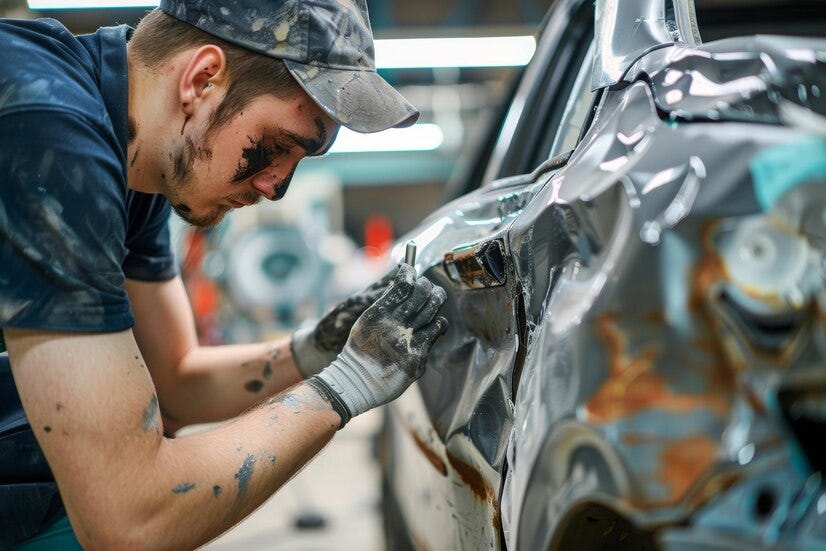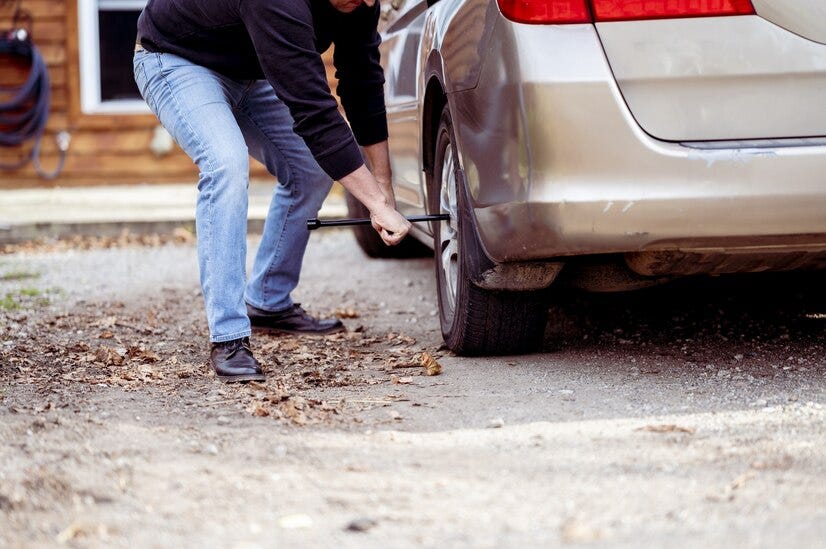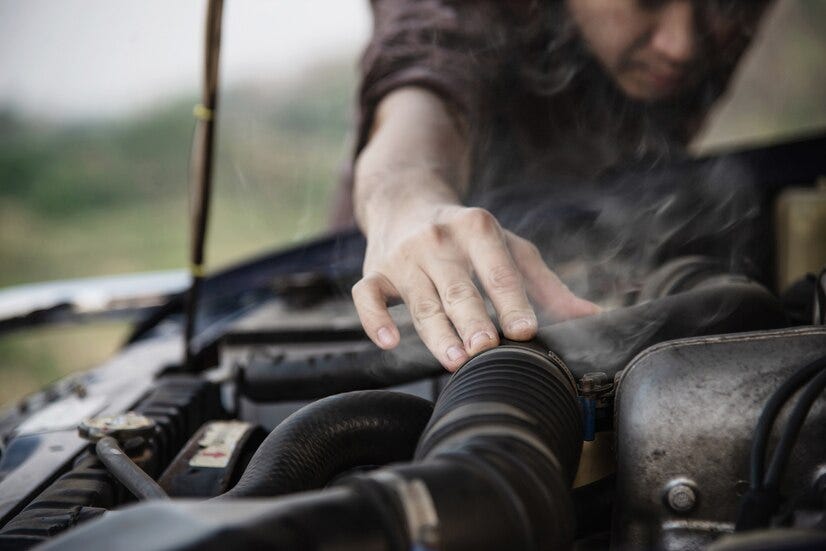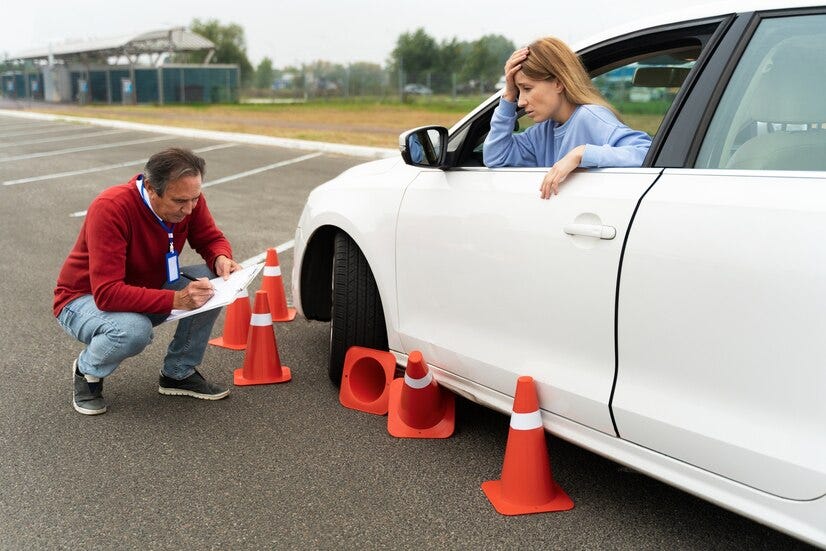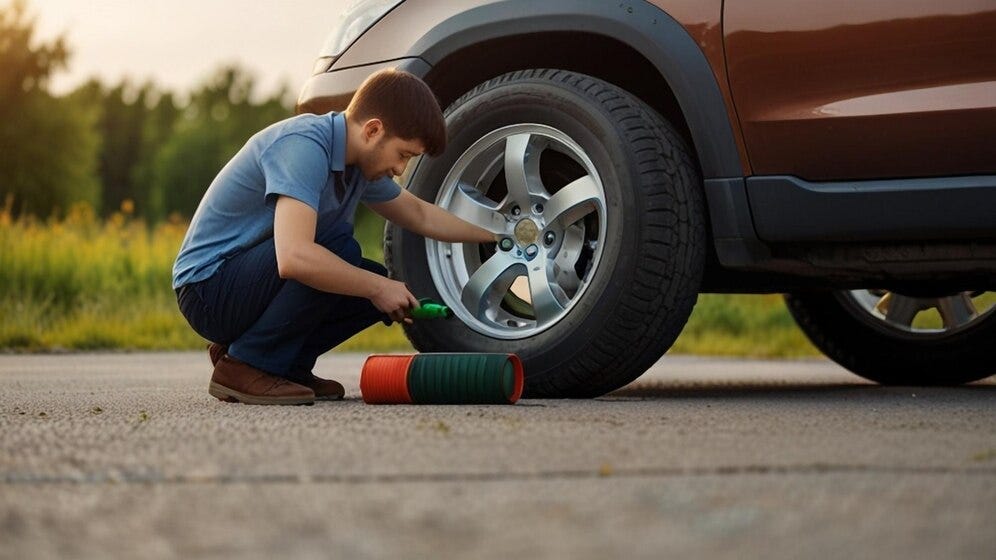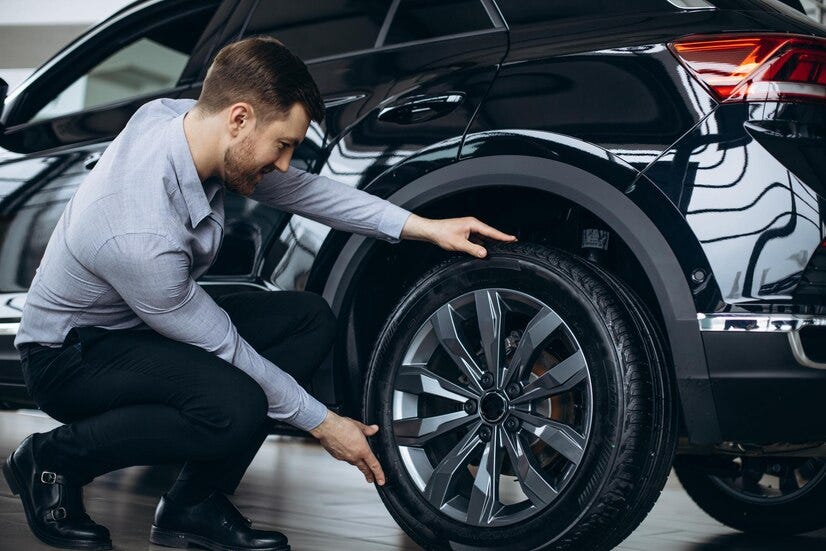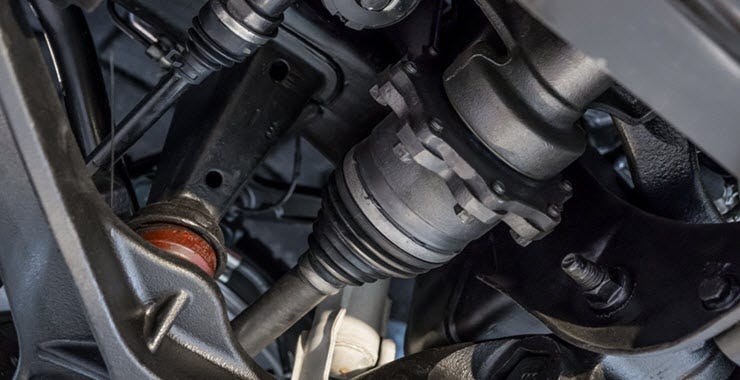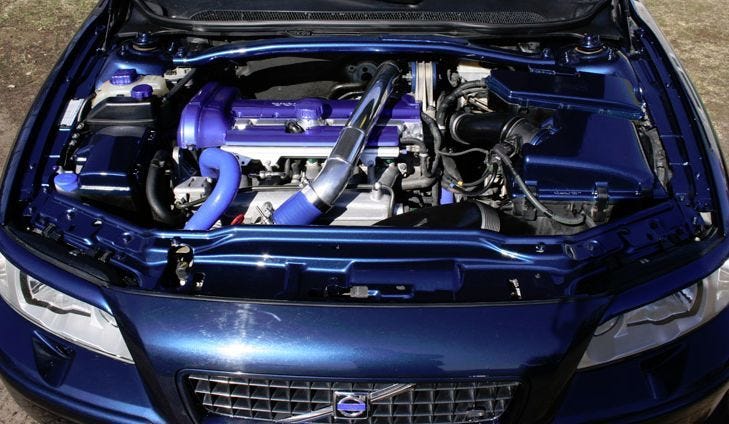
The Suzuki Jimny is a beloved compact off-road vehicle known for its ruggedness and reliability. However, like any vehicle, it has its share of common problems. Whether you’re a current owner or considering buying one, understanding these issues can help you maintain your Jimny in top condition.
Suzuki Jimny Engine Issues

Overheating
One common problem with the Suzuki Jimny is engine overheating. This can be caused by various factors, such as a malfunctioning thermostat, a clogged radiator, or a faulty water pump. Symptoms include a high-temperature gauge reading, steam coming from the engine bay, and the smell of coolant. To prevent overheating, regularly check your coolant levels, ensure the radiator is clean, and replace the thermostat if necessary.
Oil Leaks
Oil leaks are another frequent issue. They often originate from the valve cover gasket, oil pan gasket, or crankshaft seals. Noticing oil spots under your vehicle or a burning oil smell can indicate a leak. Addressing oil leaks promptly is crucial to prevent engine damage. Regularly inspect the engine and replace any worn-out gaskets or seals to keep your Jimny running smoothly.
Suzuki Jimny Transmission Troubles

Manual Transmission Problems
Manual transmission problems, such as gear slipping and clutch issues, are not uncommon. Gear slipping can be due to worn synchronizers or a failing clutch. Signs of clutch problems include difficulty shifting gears, a spongy clutch pedal, or a burning smell. Regular maintenance and timely replacement of the clutch and related components can help avoid these issues.
Automatic Transmission Issues
For Jimny models with automatic transmissions, delayed shifting and rough gear changes can be problematic. These issues are often linked to low or dirty transmission fluid. Regularly checking and replacing the transmission fluid, as well as inspecting the transmission for wear and tear, can help maintain smooth operation.
Suzuki Jimny Suspension and Steering Problems

Suspension Wear
The Suzuki Jimny’s suspension system can wear out over time, especially if frequently driven off-road. Signs of suspension problems include uneven tire wear, a bumpy ride, and noise when going over bumps. Regularly inspecting the suspension components and replacing worn parts, such as shock absorbers and bushings, can enhance ride quality and safety.
Steering Difficulties
Steering issues, such as a loose or stiff steering wheel, can arise due to problems with the power steering system or worn steering components. Checking the power steering fluid levels and inspecting the steering linkage can help identify and resolve these issues.
Suzuki Jimny Electrical System Faults
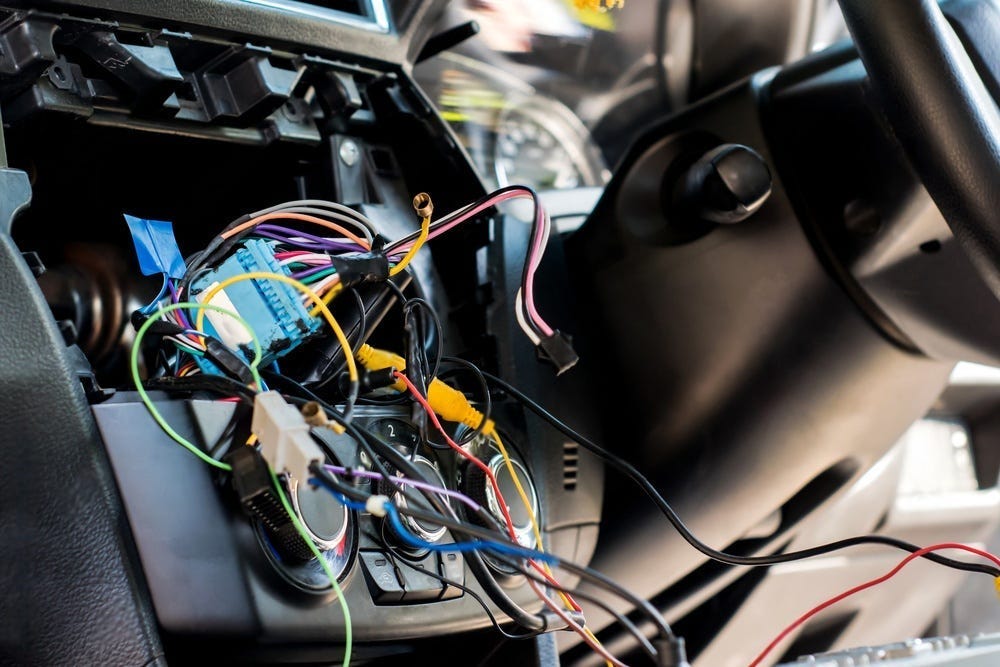
Battery Issues
Battery problems, like frequent drainage or failure to hold a charge, are common. This can result from leaving lights on, a faulty alternator, or an old battery. Regularly testing the battery and charging system, and replacing the battery every few years, can prevent unexpected breakdowns.
Alternator Problems
A failing alternator can cause electrical issues, such as dimming lights or a dead battery. Symptoms include warning lights on the dashboard and unusual noises from the alternator area. If the alternator is failing, it should be repaired or replaced to ensure the electrical system functions correctly.
Suzuki Jimny Brake System Concerns

Brake Pad Wear
Worn brake pads are a safety concern that can lead to reduced braking performance. Indicators of worn brake pads include squeaking noises, a longer braking distance, and a pulsating brake pedal. Regularly inspecting and replacing brake pads is essential for maintaining safe braking performance.
Brake Fluid Leaks
Brake fluid leaks can compromise the braking system, leading to a spongy brake pedal or reduced braking power. Leaks often occur at the brake lines or calipers. Detecting and fixing brake fluid leaks promptly is vital to ensure your brakes function effectively.
Suzuki Jimny Body and Interior Issues

Rust and Corrosion
Rust is a common problem, especially in older Jimny models. Common rust areas include the wheel arches, door sills, and undercarriage. To prevent rust, regularly wash your Jimny, especially after driving on salted roads, and apply rust protection treatments. If rust appears, treating it promptly can prevent it from spreading.
Interior Wear and Tear
The Jimny’s interior can suffer from wear and tear, such as fading upholstery and cracked dashboard materials. Using seat covers, regular cleaning, and using UV protectants on plastic surfaces can help maintain the interior’s condition.
Suzuki Jimny Exhaust System Problems

Exhaust Leaks
Exhaust leaks can lead to increased noise, reduced engine performance, and harmful emissions entering the cabin. Common sources of leaks include the exhaust manifold, gaskets, and pipes. Inspecting and repairing the exhaust system can help maintain performance and reduce emissions.
Emissions Issues
Emissions issues, such as failing an emissions test, can be caused by problems with the catalytic converter, oxygen sensors, or exhaust leaks. Regular maintenance and timely replacement of these components can help ensure your Jimny meets emission standards.
Suzuki Jimny Cooling System Failures

Radiator Problems
A failing radiator can cause engine overheating and coolant leaks. Symptoms include coolant under the vehicle, a high-temperature gauge, and coolant smell. Regular radiator maintenance, including flushing and replacing the coolant, can prevent these issues.
Coolant Leaks
Coolant leaks can occur from the radiator, hoses, or water pump. Signs of a coolant leak include a low coolant level, visible coolant under the car, and engine overheating. Identifying and fixing leaks early can prevent engine damage.
Suzuki Jimny Fuel System Troubles

Fuel Pump Failures
A failing fuel pump can cause engine stalling, difficulty starting, and reduced performance. Symptoms include sputtering at high speeds and a whining noise from the fuel tank. Replacing a faulty fuel pump can restore proper fuel delivery to the engine.
Fuel Injector Issues
Fuel injector problems, such as clogs or leaks, can lead to poor engine performance and increased fuel consumption. Regularly cleaning the injectors and replacing them if necessary can ensure efficient fuel delivery.
How Service My Car Assist You?
Wondering where to find a reliable car battery replacement in Dubai? Look no further! Service My Car has you covered! Our professional technicians deliver top-notch battery replacement services right at your doorstep. Don’t let a dead battery ruin your day — trust Service My Car for quick and reliable solutions. With our convenient mobile service, we’ll have your car up and running in no time. Say goodbye to the hassle of finding a garage — book your battery replacement with Service My Car today!
Conclusion
The Suzuki Jimny, while a reliable and rugged vehicle, has its share of common problems. Understanding these issues and performing regular maintenance can help keep your Jimny in excellent condition. By addressing problems early and maintaining your vehicle, you can enjoy many years of trouble-free driving.







